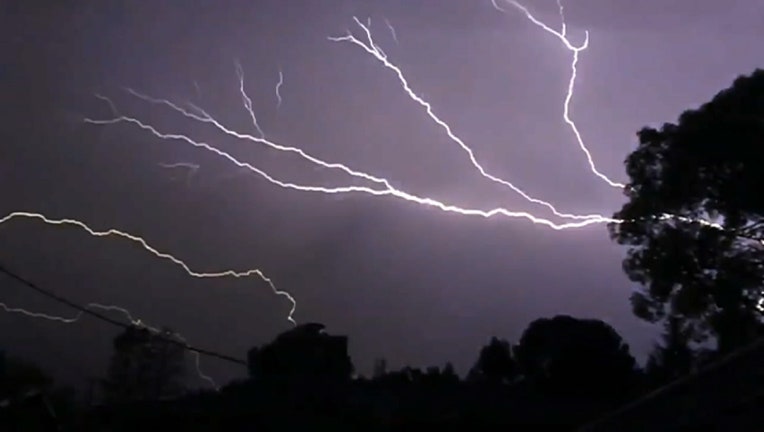Lightning safety 101: 6 facts about lightning you may not have known

ORLANDO, Fla. - Thunderstorms and lightning are common in Florida, but did you know that Florida is considered to be the "lightning capital?"
On average, 10 people are killed by lightning each year in Florida, the most of any state in the U.S. according to the National Weather Service.
Why? "We have more lightning," and we now have the third-largest population by state in the U.S., according to 2020 Census numbers.
STORY: Disney's newest cruise ship arrives to Port Canaveral: watch
Ahead of the hottest summer months – when Florida sees storms, tropical storms, and potential hurricanes – and people tend to be outside more and travel, the NWS is raising awareness about the dangers of lightning, part of its yearly "Lightning Safety Awareness Week."
The awareness week was started in 2001.
Even though the risk of being struck is low, when struck, the damage can be severe, even deadly.
The NWS shared the following facts about lightning and ways to stay safe during a storm:
Striking facts about lightning
- The average lightning strike is around 50,000 degrees Fahrenheit.
- You can tell how far away a lightning strike is by counting the seconds in between the initial flash and hearing the thunder. Every five seconds is about one mile away.
- It is a myth that lightning never strikes the same place twice, it can often strike the same place more than once.
- Hiding under a tree is the second leading cause of lightning casualties.
- Lightning can strike more than three miles from the center of a storm and around 10-15 miles from the outskirts of a storm.
- Rubber cannot protect you from lightning, cars are safe due to the metal shell and steel frame.
How to stay safe during a storm
- When thunder roars, go indoors.
- Do not take shelter under a tree or under any construction equipment like tractors or bulldozers.
- Get out of the water and get off the beach. Water is a conductor for electricity and can seriously injure someone if struck.
- Avoid contact with electrical equipment or cords and do not unplug cords during the storm.
- Do not shower, bathe, do laundry or dishes until after the storm has passed.
- Avoid open fields and exterior windows.
- Protect your pets by bringing them inside during a storm.

